- About us
- Markets
- Dry Cargo
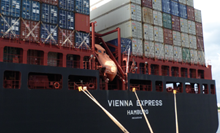
- Wet Cargo
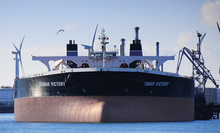
- Cruise
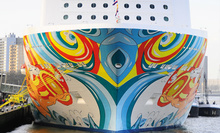
- Towage & SalvageTowage & Salvage
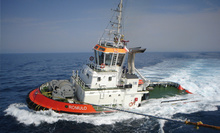
- Heavy Lift
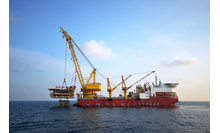
- Inland ShippingInland Shipping
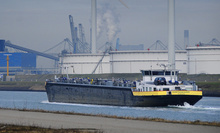
- Dredging
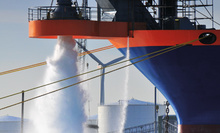
- EPCI CONTRACTORSEPCI CONTRACTORS
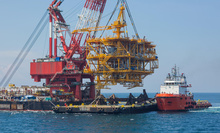
- Dry Cargo
- Products
- Information
- Our people
- Contact us
-
Brands
NEWS & EVENTS
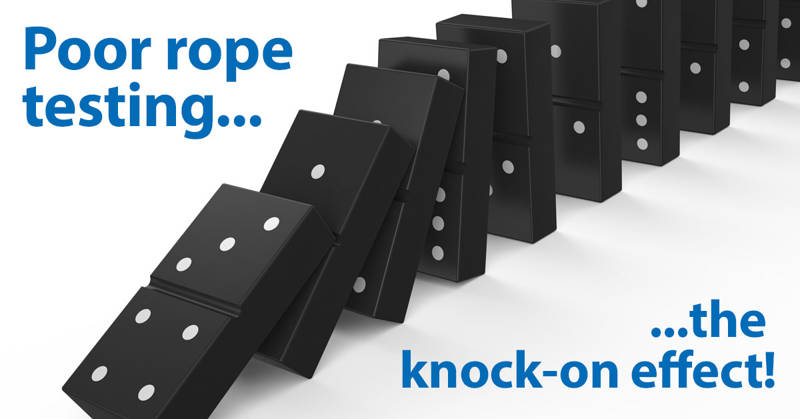
overview
Inadequate Rope Testing – the knock-on effect
Publication date: 28-05-2020Rope Testing is the foundation of all the safety and operational benefits arising from the OCIMF’s MEG4, undermine testing and all the benefits are lost.
The introduction of MEG4 marked a step change in the procurement of mooring lines. With the declared aim of ensuring “mooring equipment is properly selected for the type, size and expected trading pattern of the ship and its mooring lines are retired from use before they fail.” It set about addressing the widespread misunderstanding over the properties, use and maintenance of (high modulus) synthetic fibre lines.
In addition to defining mooring line strength and performance terminology, the MEG introduced the Mooring System Management Plan (MSMP) and Line Management Plan (LMP). Briefly, the MSMP is for maintaining consistent information about a ship’s mooring equipment. The LMP is used to manage the operation and retirement of mooring lines and tails. Of course, the reference point for these plans is the initial rope testing.
Rope Testing Foundation
The importance of rope testing as the foundation for the MSMP and LMP is reflected in the increased extent and degree of testing. Translating the test results into terms meaningful to the non-expert is the job of the ‘performance indicators’ designed to help buyers and users to compare both short-term and long-term performance of products. As the MEG4 notes “when comparing performance indicators, a higher number is usually better; however, when comparing tenacity, a lower number is usually better.” Sound advice.
The difficulty arises when the MEG4 rope testing is either incomplete or not completed to the recommended level. The performance indicators become meaningless. How do you compare ropes?
Using meaningless performance indicators to compare ropes is bad enough. But applying them to the MSMP and LMP simply compounds the problem. Do you really know when a rope should be retired? Without the correct rope testing, who’s taking the risk here? If the rope fails early this puts the crew, terminal staff and other vessels in danger. Taking the ‘best guess’, cautious approach means ropes may be retired early leading to unnecessary extra mooring line procurement costs and impacting operator sustainability.
Who’s Risk?
If the point of MEG4 is to ensure “mooring equipment is properly selected for the type, size and expected trading pattern of the ship and its mooring lines are retired from use before they fail,” then inadequate rope testing isn’t helping it’s simply moving the risk from the rope manufacturer to the rope buyer.
This is the second of a series of MEG4 posts by Lankhorst Ropes, if you would like to know more about our growing range of MEG4 tested ropes then please email: meg4@lankhorstropes.com.

